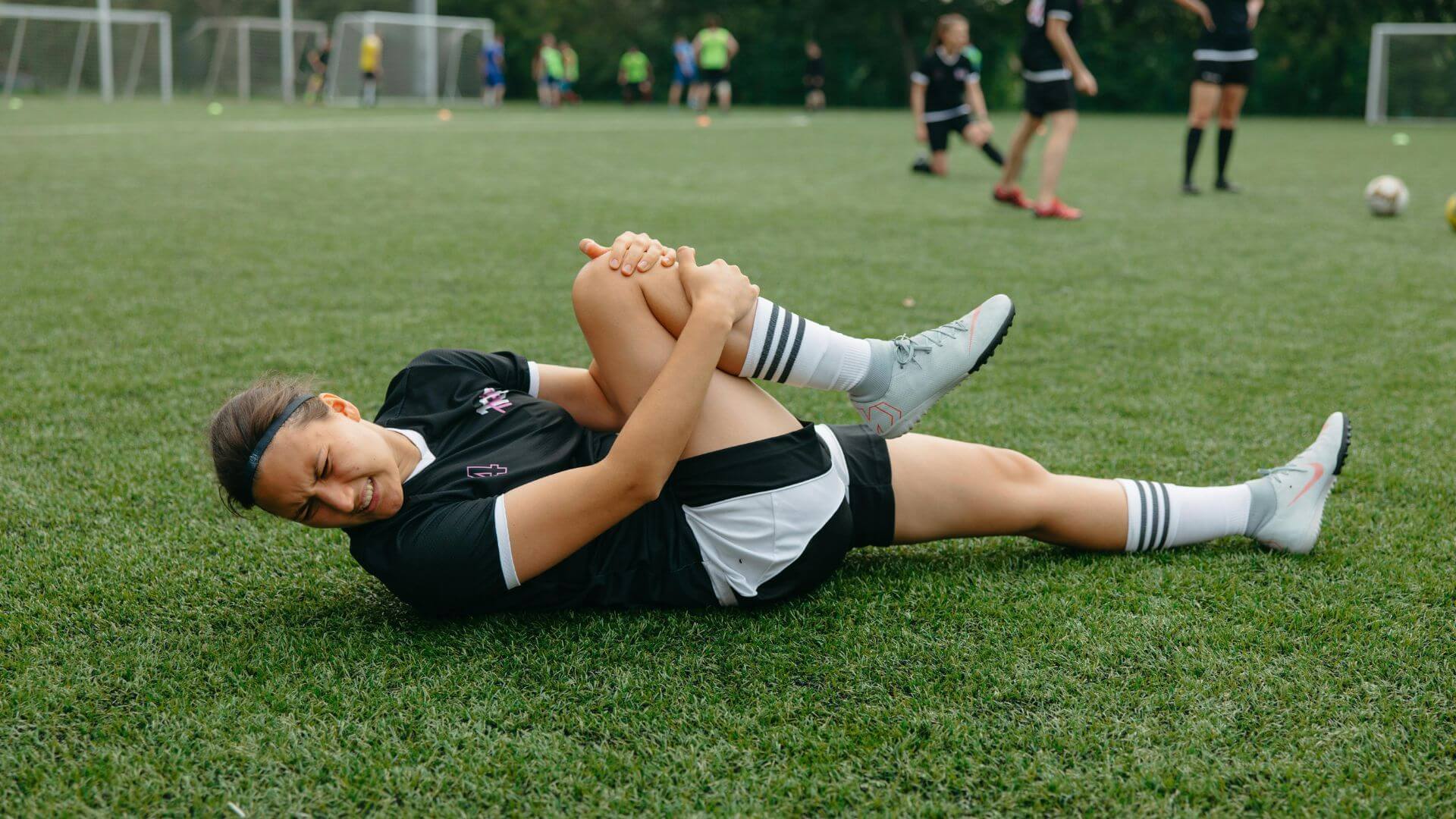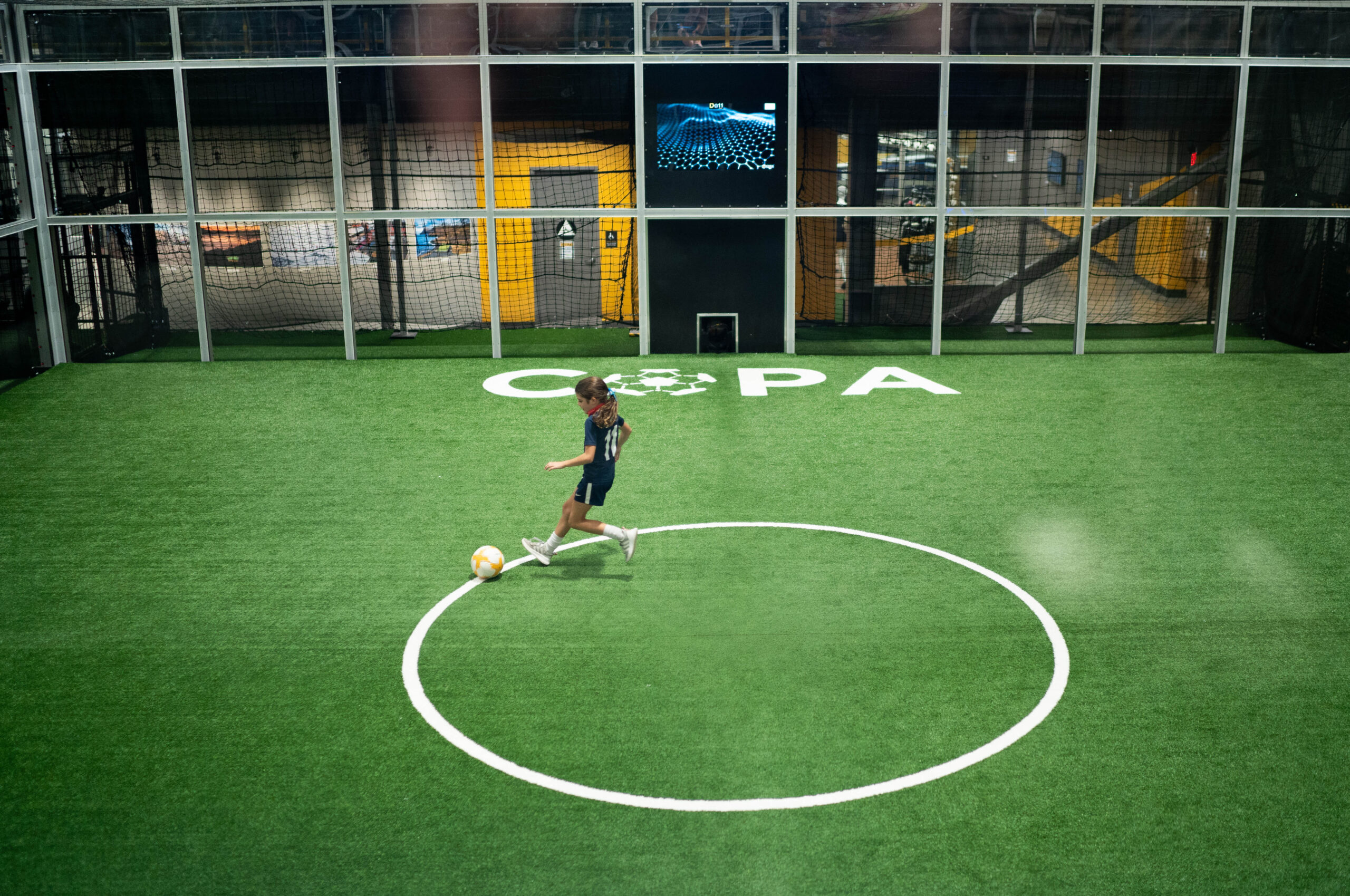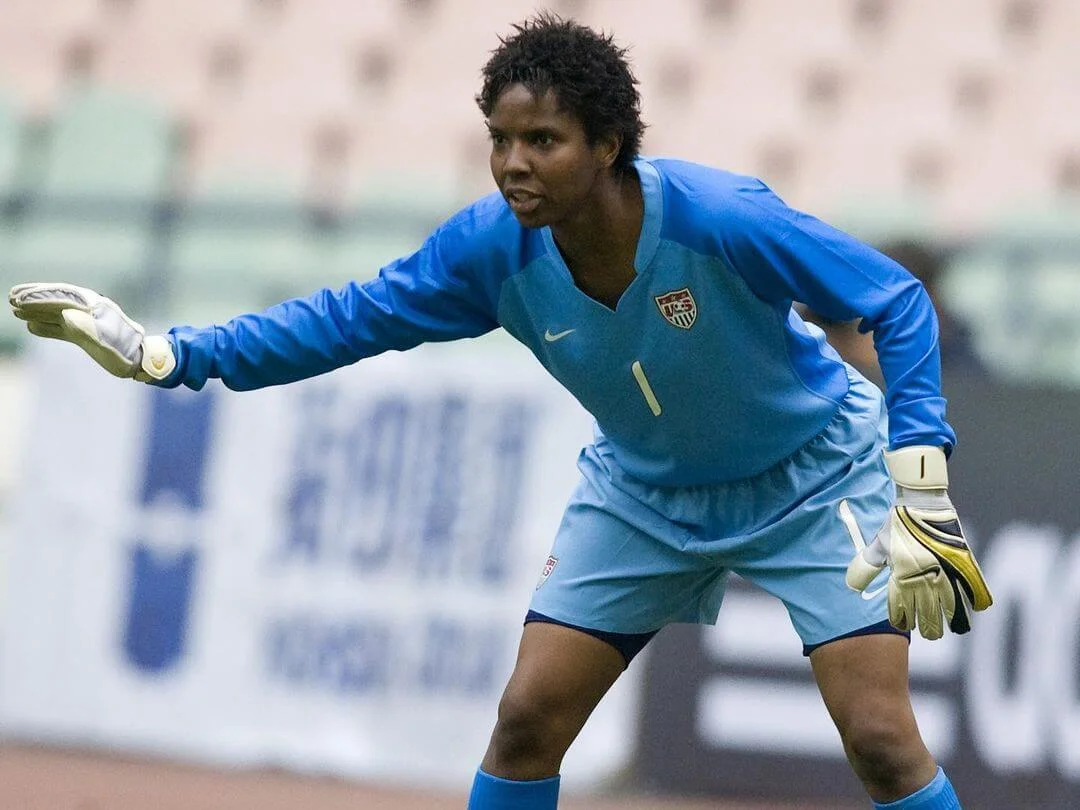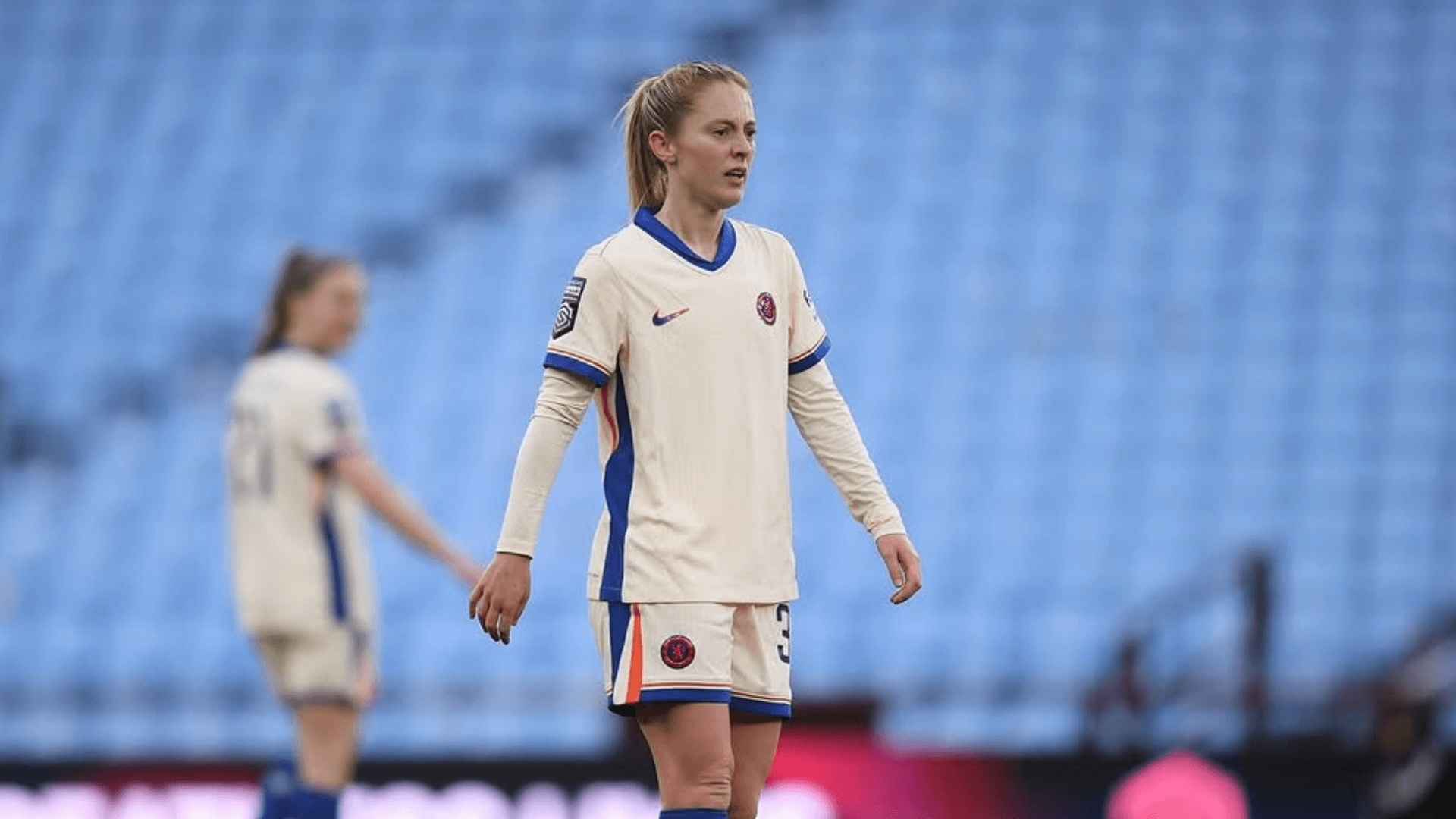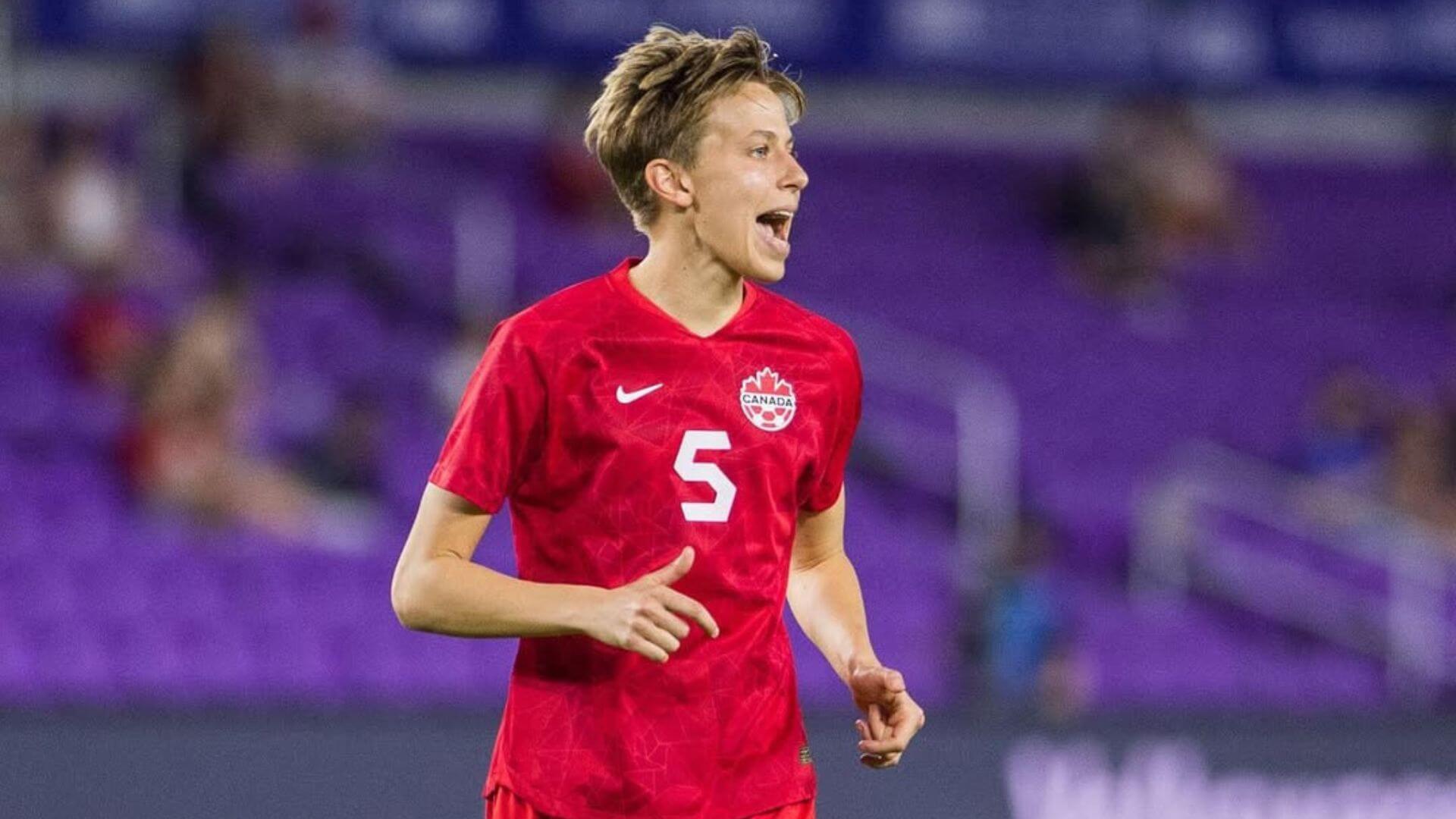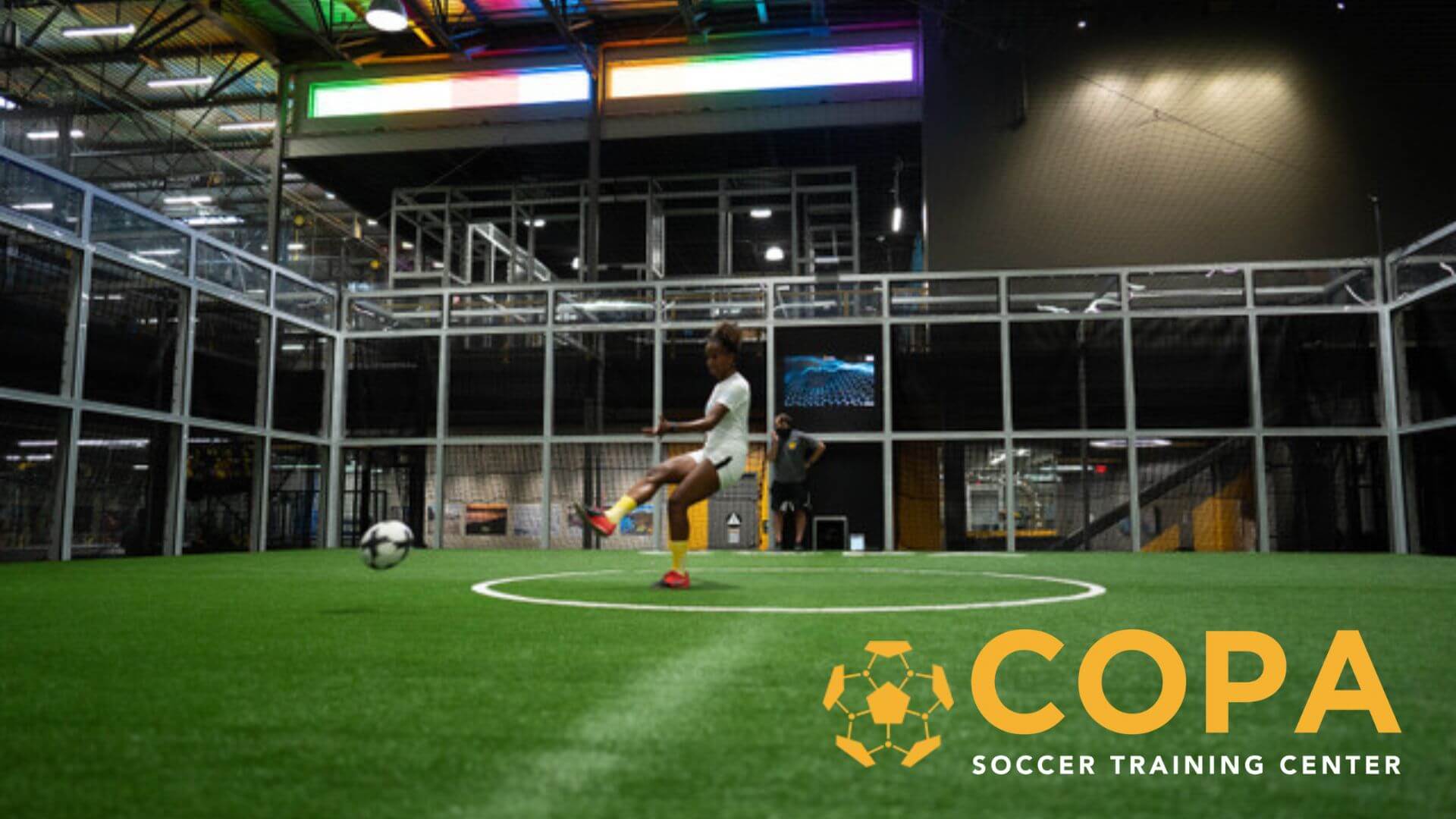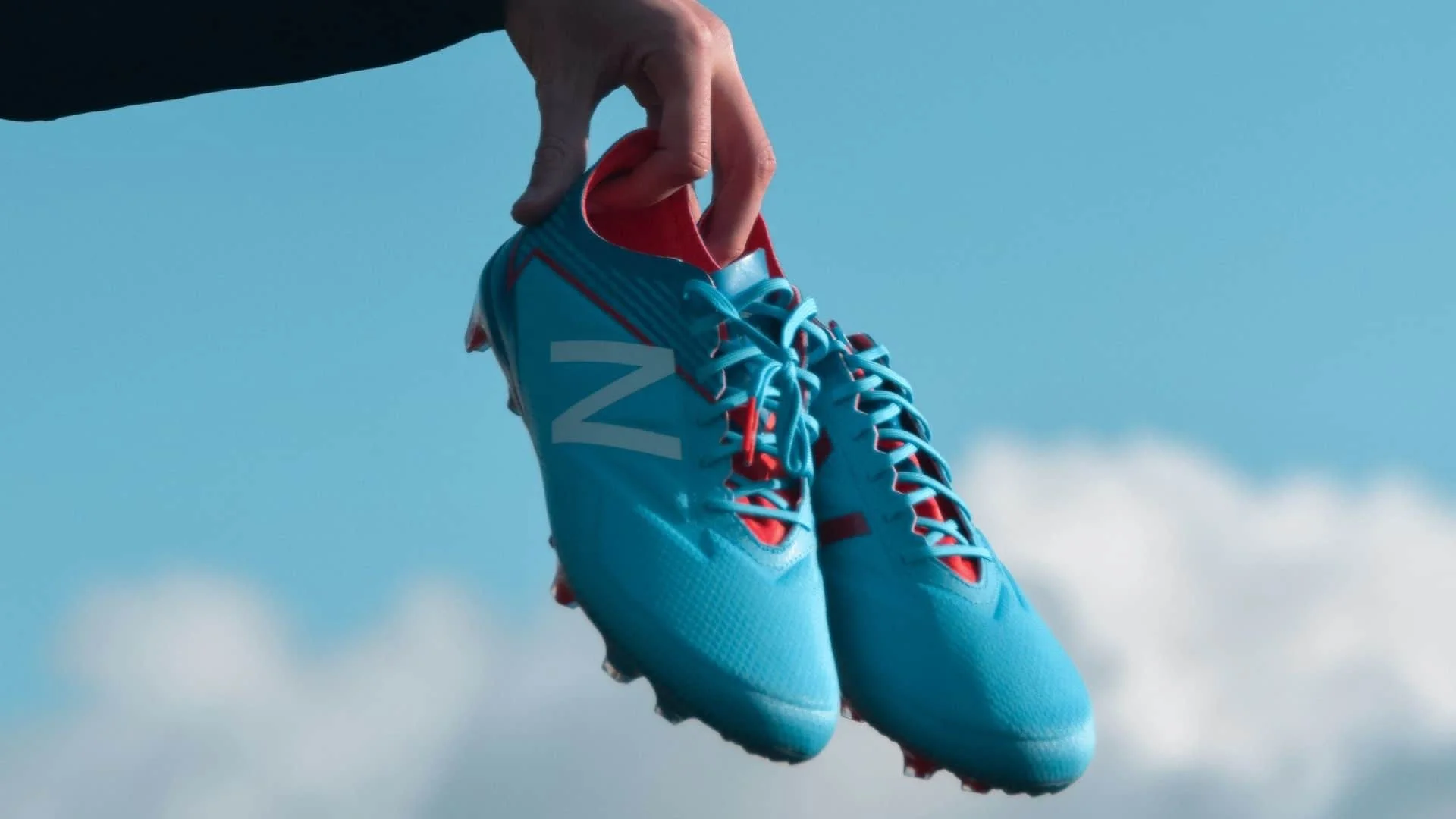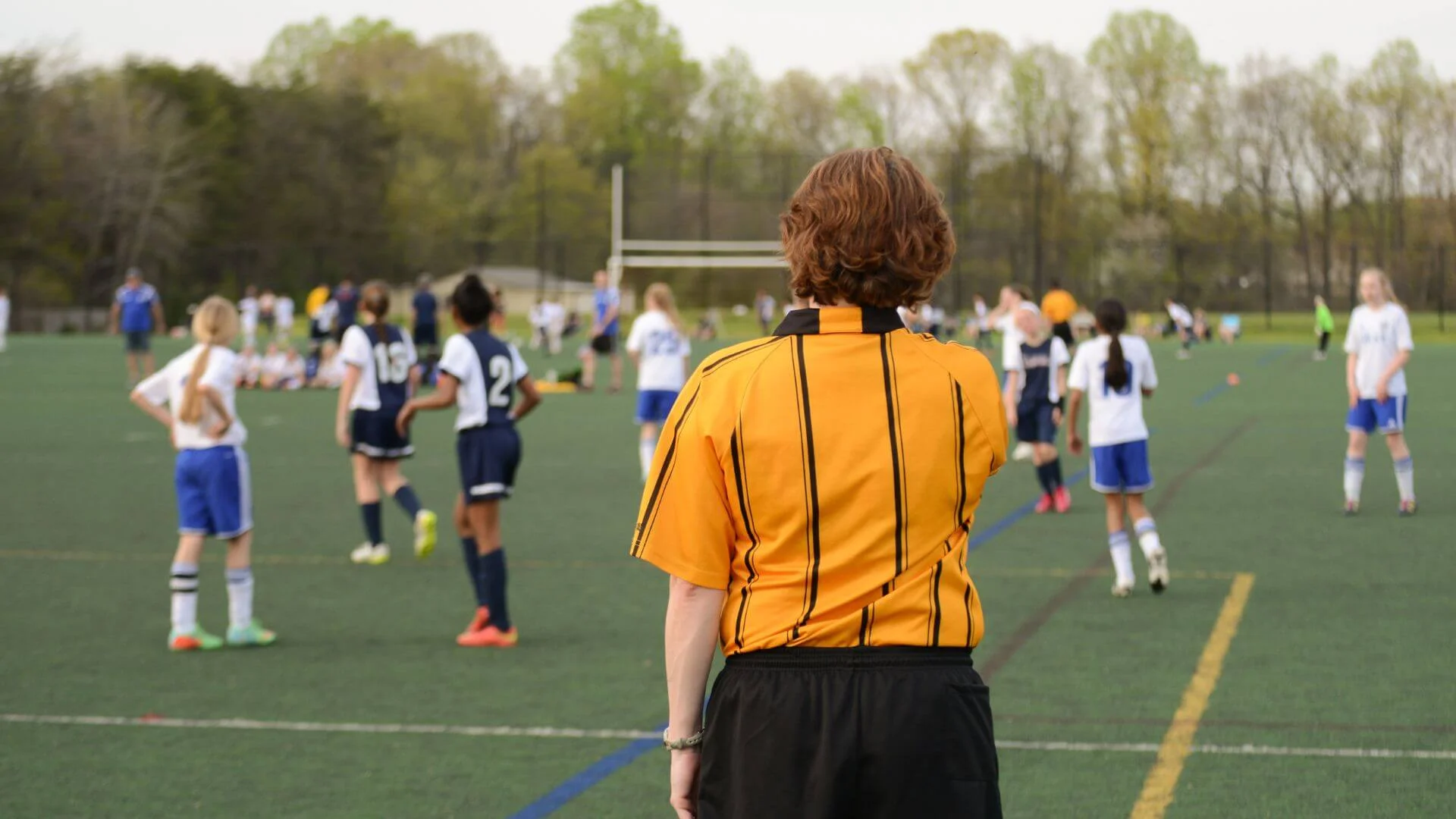Katie’s Save: Emerging From Tragedy to Become the Future of Mental Health Resources for Student Athletes
Last spring, the women’s soccer community was rocked by the news that Stanford goalkeeper Katie Meyer died by suicide. It catalyzed the mental health conversations already circling through college athletics into action. It begs the question: what are colleges and universities doing to care about mental health, and are they doing enough?
According to the American College of Sports Medicine (ACSM), approximately 30% of female student-athletes and 25% of male student-athletes report having anxiety.
Another survey found that less than half of both female and male student-athletes felt comfortable reaching out to on-campus mental health services.
Only 10% seek of athletes who know they have mental health problems seek out help, according to the ACSM.
Currently, the Meyer family is in the process of suing Stanford University for the wrongful death of their daughter, pointing to the way colleges and universities have an essential role in proactively caring about student-athletes mental health. They also founded the organization Katie’s Save, which sets out to make mental health resources for college students more practical and accessible.
Meyer was a senior at Stanford, studying international relations with a minor in history. She was involved on campus as a Resident Advisor, as well as a goalkeeper and team captain for the women’s soccer team. In addition, she avidly supported other Stanford athletic teams.
“As far as soccer goes, she loved it from an early age and always strived to get better and make an impact for her team,” said Steve Meyer, her father. Outside of school and athletics, Katie had many hobbies, such as surfing and traveling.
She was highly ambitious. Additionally, Meyer was awaiting her acceptance to Stanford Law School.
When the news of her death broke, the public was shocked to learn that Katie had died by suicide. What followed about the circumstances was even more surprising.
On the night of her death, Stanford University’s Office of Community Standards informed Meyer by email, “negligently and recklessly,” and with “threatening language” about potential impending disciplinary action regarding an incident where she allegedly spilled coffee on a Stanford football player. This individual had allegedly sexually assaulted a teammate of hers, according to the lawsuit.
The Meyer family believes her university let her down. So, in November 2022, the Meyer family filed a wrongful death lawsuit against Stanford University.
“We are fully committed to the litigation process,” Mr. Meyer said, “however long that takes, and focused on what we can control.” The lawsuit is still in progress.
Stanford disagreed with the assertion that they were responsible for Katie’s death. “The university offered Katie an advisor to work with her throughout the process and told her she could have a support person of her choosing with her in any meeting or conversation with OCS,” read the Stanford statement.
Attending college is a huge milestone in any person’s life. All college students experience great change during the transition into college. Finances, social demands, and academics are factors that can trigger stress.
Playing sports in college carries an even greater responsibility. Yet, while it can be exciting to represent one’s school as a student-athlete, often, one can develop anxiety, depression, burnout, and other mental health issues. For a college athlete, stress or a mental health crisis can be triggered by balancing academics and athletics, social isolation, and constantly being in the public view of their school.
The lawsuit alleges wrongdoing on Stanford’s part in the way they dealt with potential disciplinary actions toward Meyer, which eventually led to her death.
Katie’s Save aims to protect all students from developing mental health issues and from the colleges and universities they represent athletically.
“We feel that if Katie had something like this in place for her, it is highly likely things never would’ve escalated as far as they did” – Steve Meyer
Katie’s Save is a proposal to be implemented at universities where students can choose their own Designated Advocate with a person they trust. Their advocate is notified by email if the student finds themselves in five distinct situations on campus:
- They are hospitalized after a physical injury
- The institution’s health department or a local medical facility prescribes them medication
- They are cited for any instance of misconduct or disciplinary action by the institution, the campus police, or the local police
- Any of the institution’s disciplinary departments cite them for substance abuse
- They are facing academic probation
Katie’s Save intends to be a front-end safety net for college students. It is their choice to opt in and put measures in place to prevent mental health crises.
“We feel that if Katie had something like this in place for her, it is highly likely things never would’ve escalated as far as they did in her situation,” Mr. Meyer said, “we feel that if a tragedy like this could happen to Katie, it could happen to anyone. Therefore, if we can come up with anything that might save the life of just one young person, we feel it is worth it.”
Many times, students are unaware of the resources their campus already provides them with, or the existing resources aren’t targeted enough to individuals specifically.
Sam Cary, a soccer player at the University of Iowa, has struggled with anxiety and depression. “I didn’t feel that it was talked about enough on my campus or within my team,” Cary said.
She had to wait months for an appointment with a therapist. She described that, at one point, the school had three therapists for over 600 athletes.
Regarding mental health resources provided by the university, “it makes asking for help a large obstacle and deters people from getting help,” she said, “It feels very performative instead of trying to dive into more preventative issues like implanting mental health days on campus or making help more accessible.”
College students and student-athletes prioritize mental health and are more open than ever about mental health concerns. It is now the responsibility of these higher-education institutions to collaborate with those at stake and provide the resources that students desperately need. Resources that could have altered Meyer’s reality.
Featured image via Getty Images
_
GIRLS SOCCER NETWORK: YOUR SOURCE FOR GIRLS SOCCER NEWS





